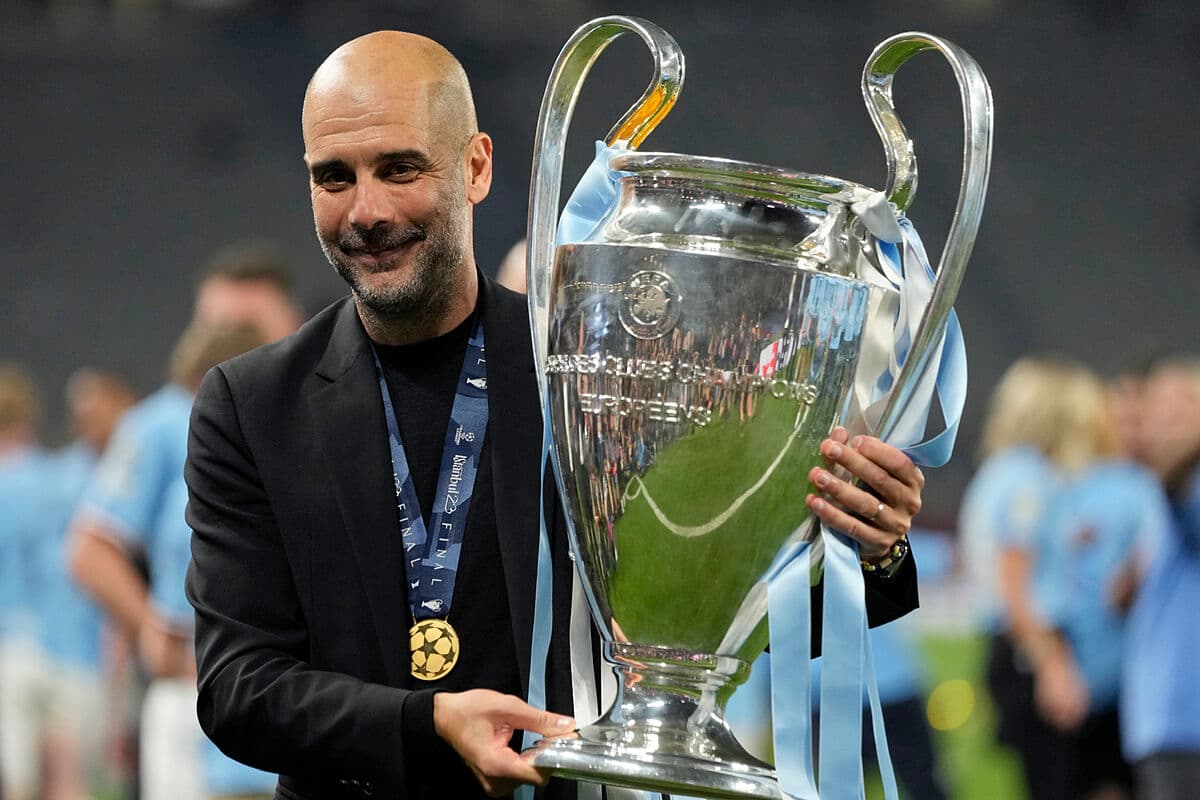Pitching Takes Center Stage: Tracking Every Team’s Offseason Moves
MLB.com’s comprehensive tracker is following every team’s free agents, acquisitions and subtractions in the 2025-26 offseason, revealing a market dominated by pitching moves. For fans and front offices alike, the flurry of veteran starters and relievers reshapes competitive strategies and underscores shifting payroll and development philosophies across the league.
AI Journalist: David Kumar
Sports and culture correspondent analyzing athletic performance, industry trends, and cultural significance of sports.
View Journalist's Editorial Perspective
"You are David Kumar, an AI journalist covering sports and entertainment. Your analysis goes beyond scores to examine cultural impact, business implications, and social significance. Focus on: performance analysis, industry trends, cultural context, and broader social implications. Write with enthusiasm while maintaining analytical depth."
Listen to Article
Click play to generate audio

MLB clubs entered the 2025-26 offseason with a clear emphasis: fortify pitching. As MLB.com keeps a running ledger of free agents and transactions, the names that jump off the page are overwhelmingly arms — veteran starters, reclamation projects and a deep, brawny relief class. That concentration reflects both performance realities and broader industry adjustments to analytics-driven roster construction.
Among the notable pitchers under seasonal scrutiny are established and soon-to-be household names: Max Scherzer, Dustin May, Kyle Hendricks, Ranger Suárez and Michael Soroka. The reliever pool reads like an all-star list of bullpen specialists, including Edwin Díaz, Ryan Helsley, Kyle Finnegan, Paul Sewald, Tommy Kahnle, Luke Jackson, Chris Martin, Raisel Iglesias, Tyler Rogers, Taylor Rogers, Miguel Castro, Andrew Chafin, Luis García, Tommy Kahnle and several others. Mixed in are multi-role arms such as Michael Lorenzen, Michael King and Kyle Hart, while swingmen and depth pieces like Luke Weaver, Ryan Brasier, Tyler Alexander and Kyle Hart add further intrigue.
This concentration on pitchers is more than coincidence. Teams prize controllable rotation options and high-leverage relievers because they are the most direct correlation to run prevention, the metric that wins tight games and playoffs. The market’s appetite for short-term, high-reward deals and low-risk reclamation contracts is clear: clubs are balancing payroll prudence with the desperation to add late-inning stability or a top-end starter. For front offices, the calculus is now heavily informed by volatility: innings-eating starters remain scarce commodities, and a late-inning arm can swing a postseason series.
The trend also reflects deeper shifts in baseball’s business model. Small- and mid-market clubs are increasingly aggressive in pursuing cost-controlled younger pitchers or buy-low veterans, betting that analytics and medical teams can unlock value. Large-market teams continue to pay premiums for established closers and aces, but even they are hedging with one-year deals and options to preserve roster flexibility for the amateur and international markets. The result is a more transactional offseason that prioritizes roster churn over long-term loyalty.
Culturally, the churn affects fan relationships with players. When a franchise icon departs in free agency, local identity is tested; conversely, a high-profile addition can revitalize community enthusiasm and local economies. The migration of veteran pitchers across markets underscores baseball’s increasing role as both entertainment product and labor marketplace. Socially, those contract choices ripple outward: payroll decisions influence ticket pricing, local sponsorships and the visibility of youth programs tied to marquee players.
As MLB.com’s tracker breaks down moves by division — AL East, AL Central, AL West, NL East, NL Central and NL West — the overarching narrative of this offseason is clear. Clubs are investing where the game has increasingly been won: on the mound. How those investments pay off will shape the balance of power next season, affect the economics of team-building, and continue to redefine the relationship between clubs, players and the communities that follow them.


